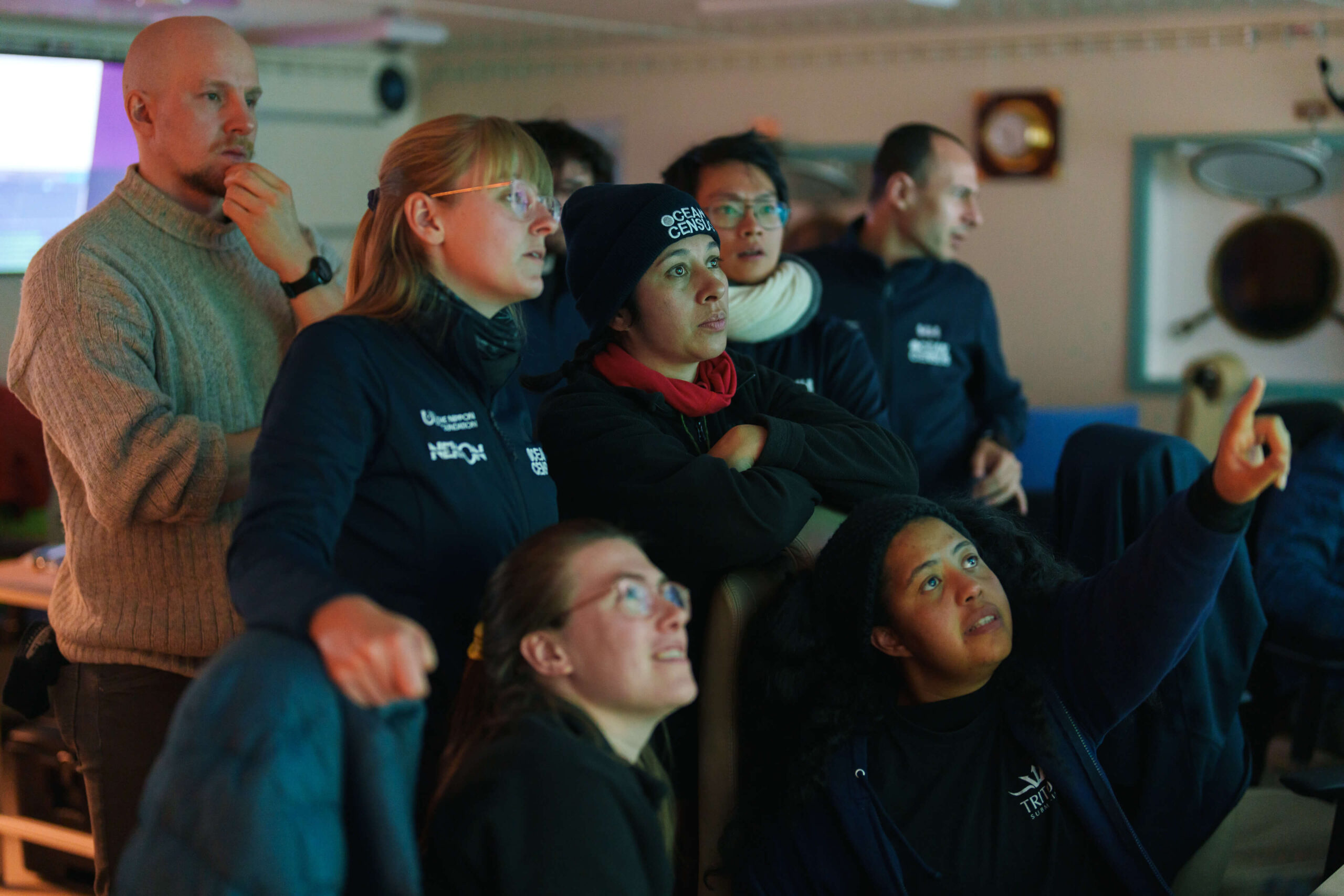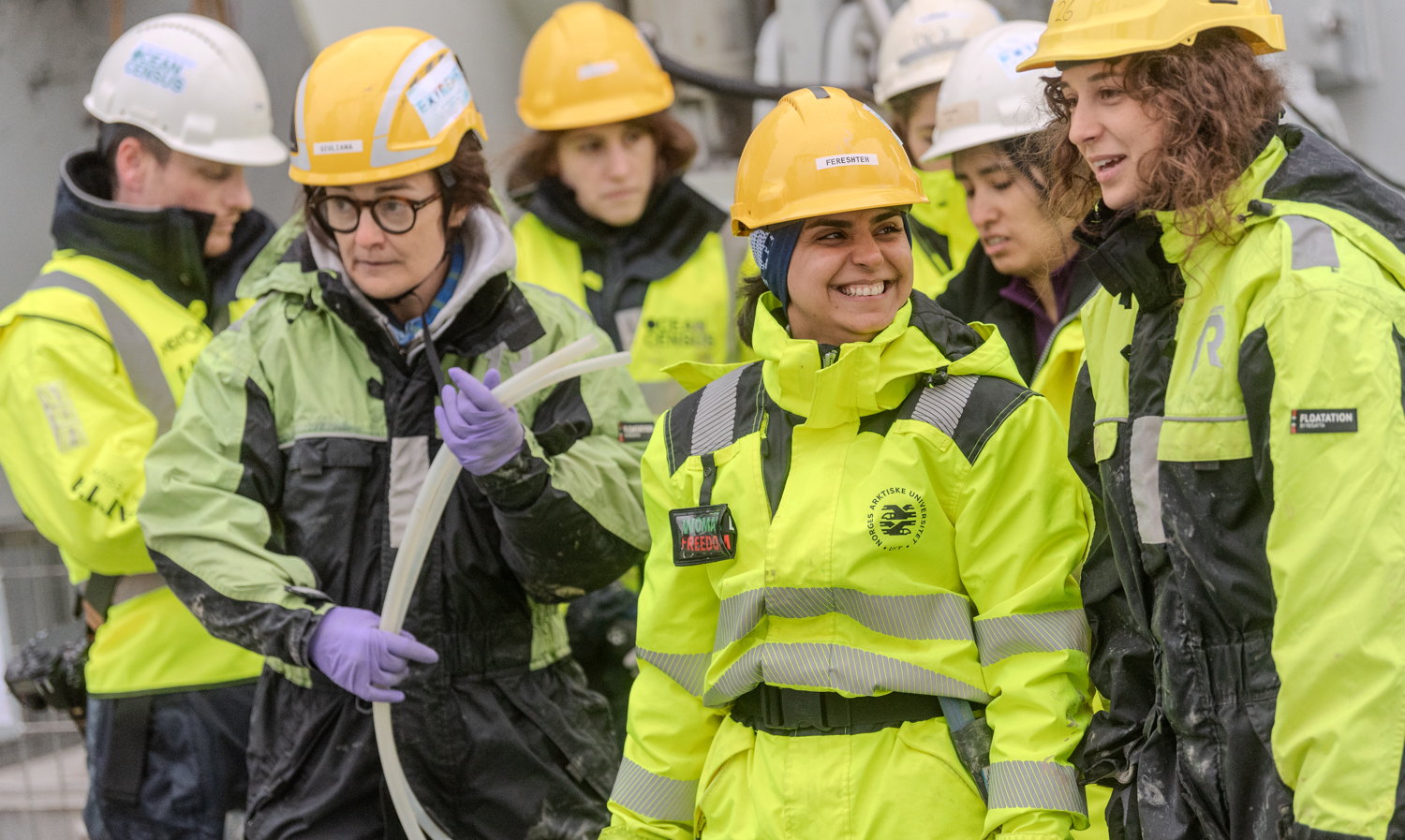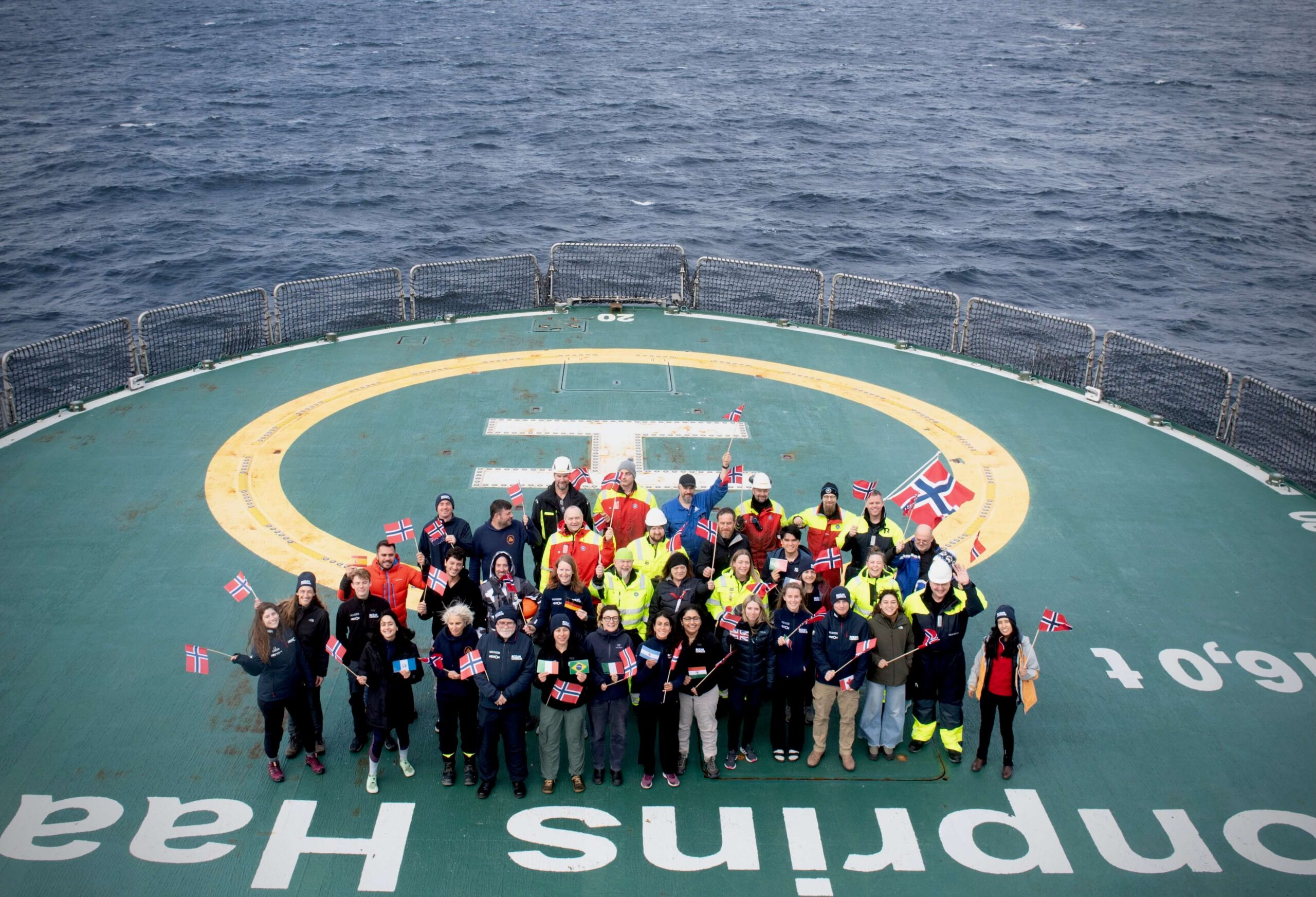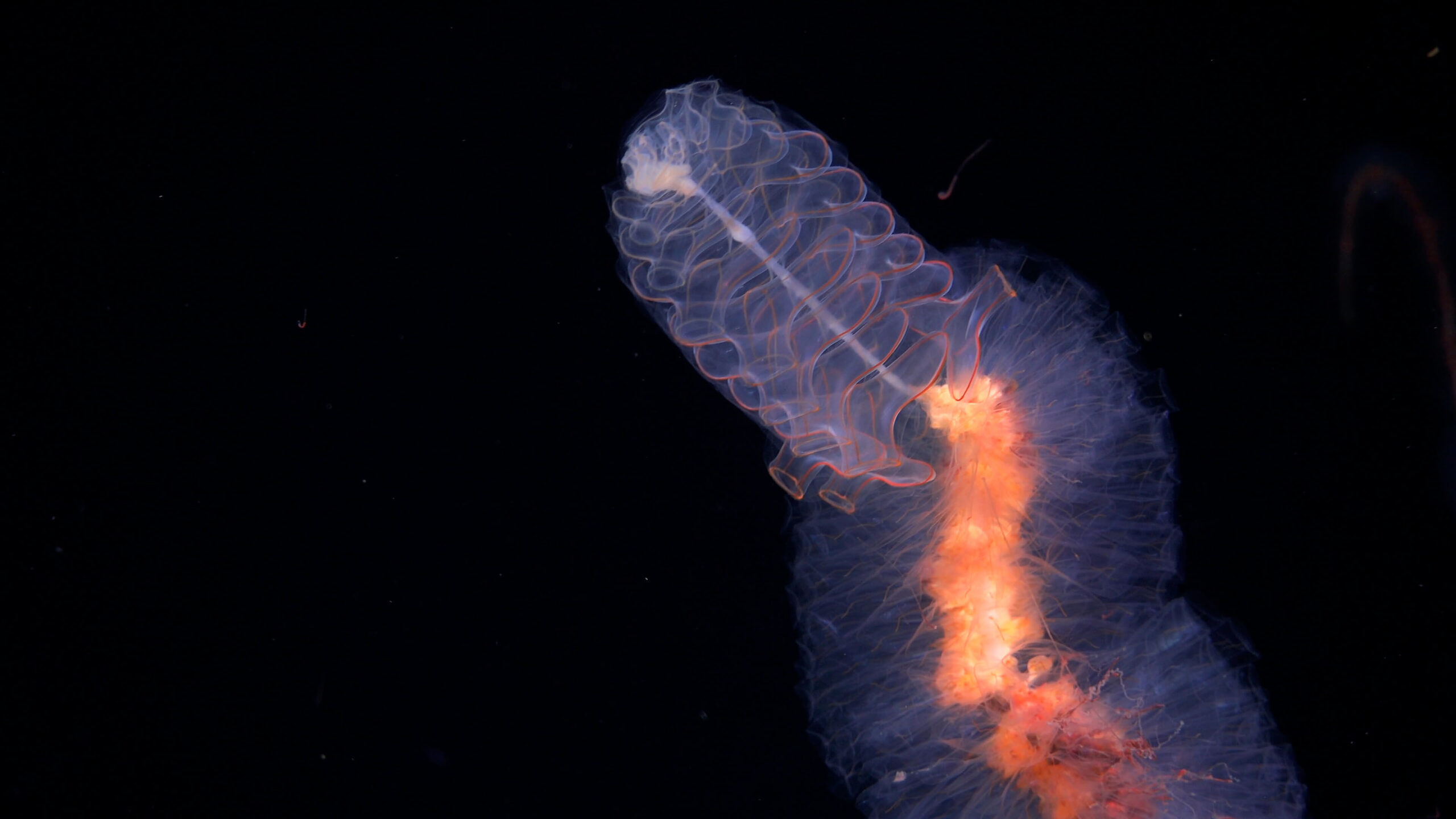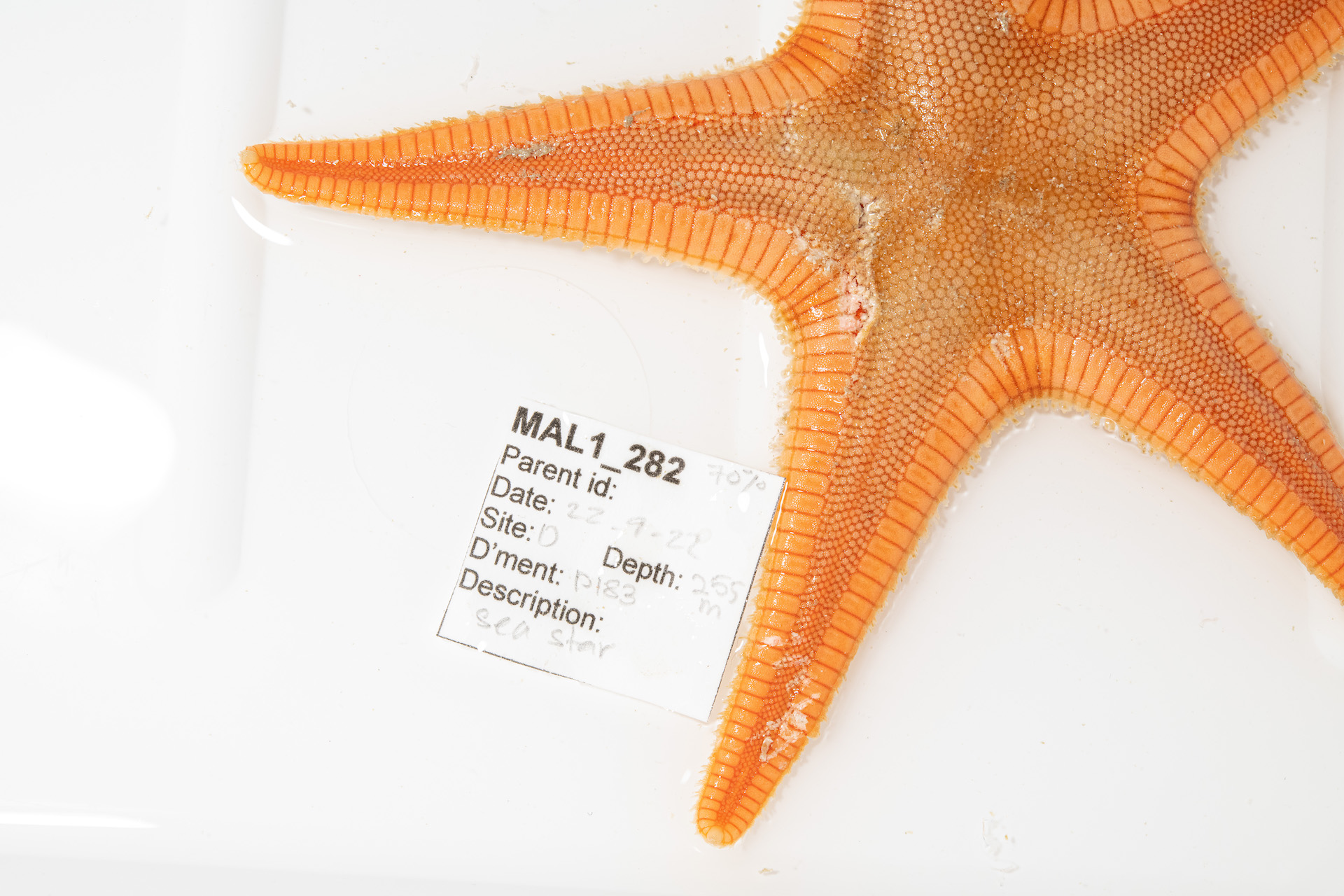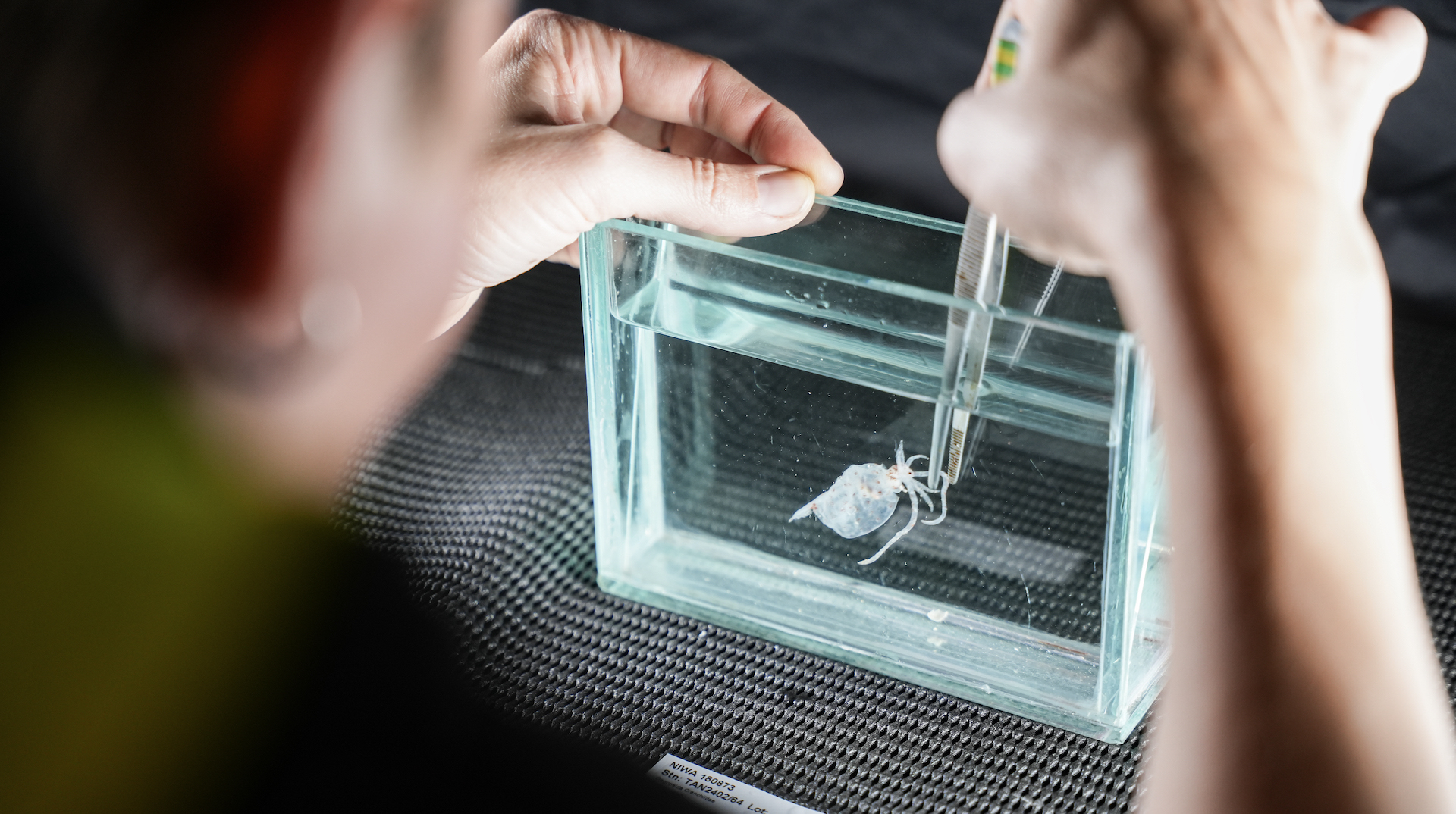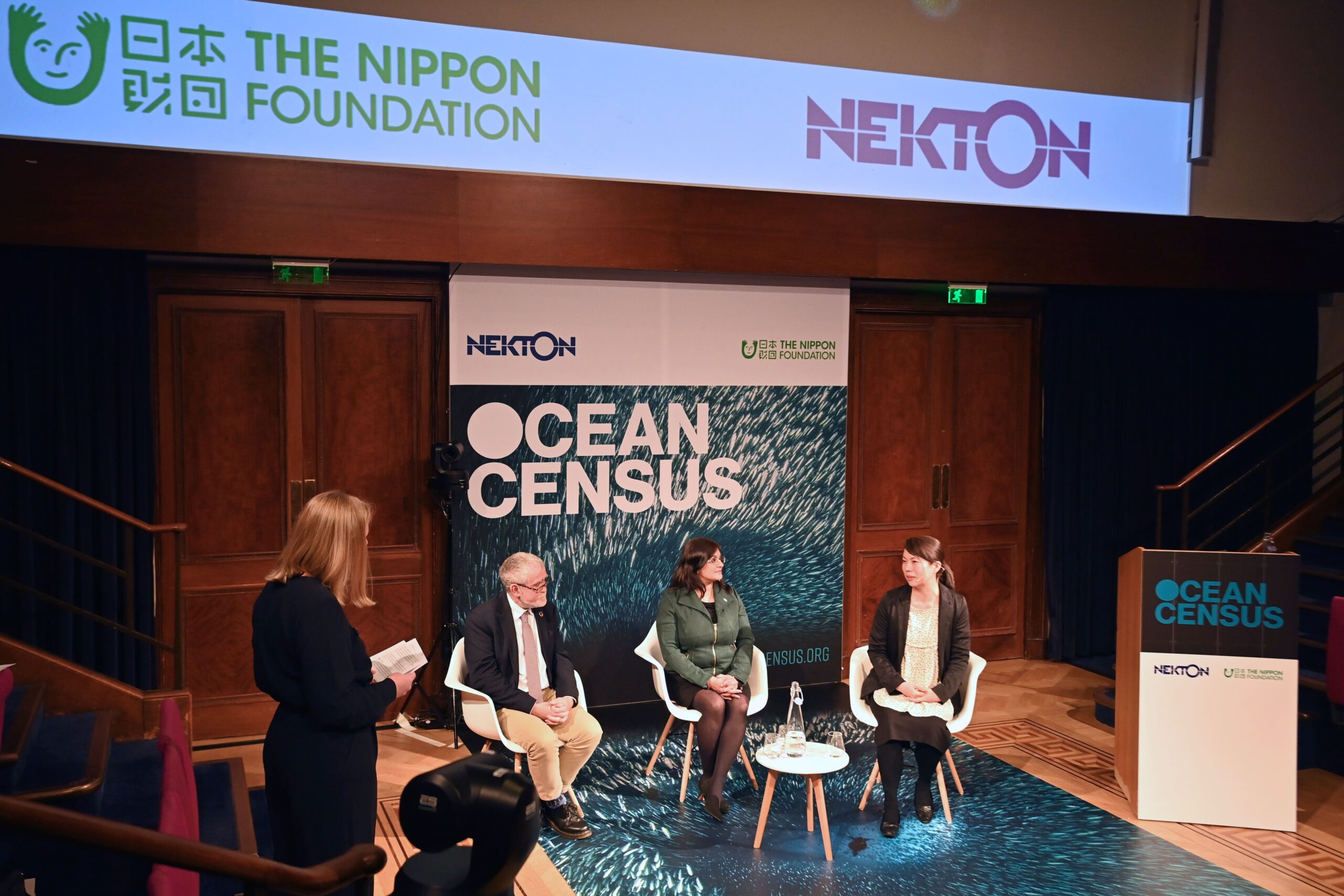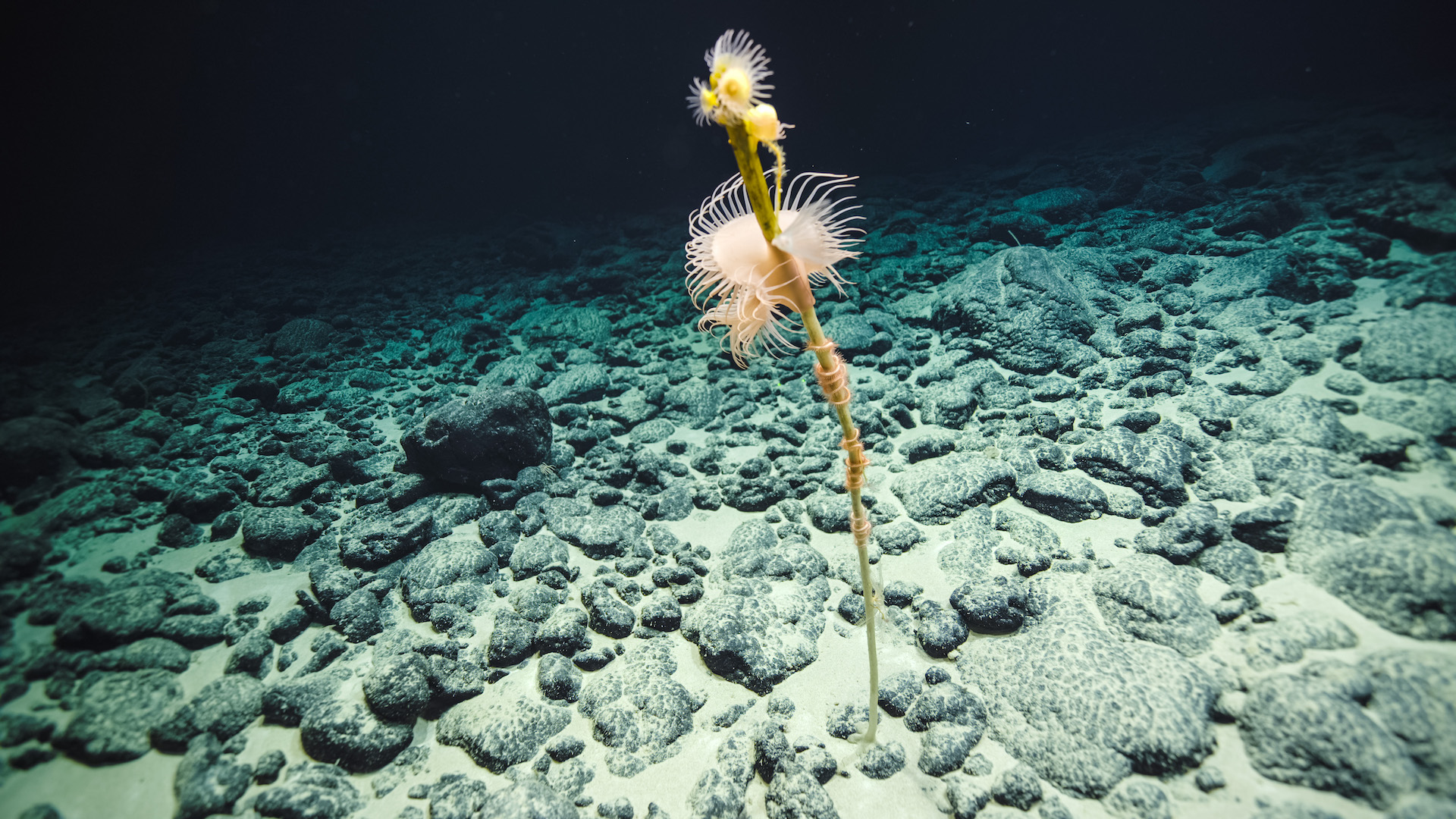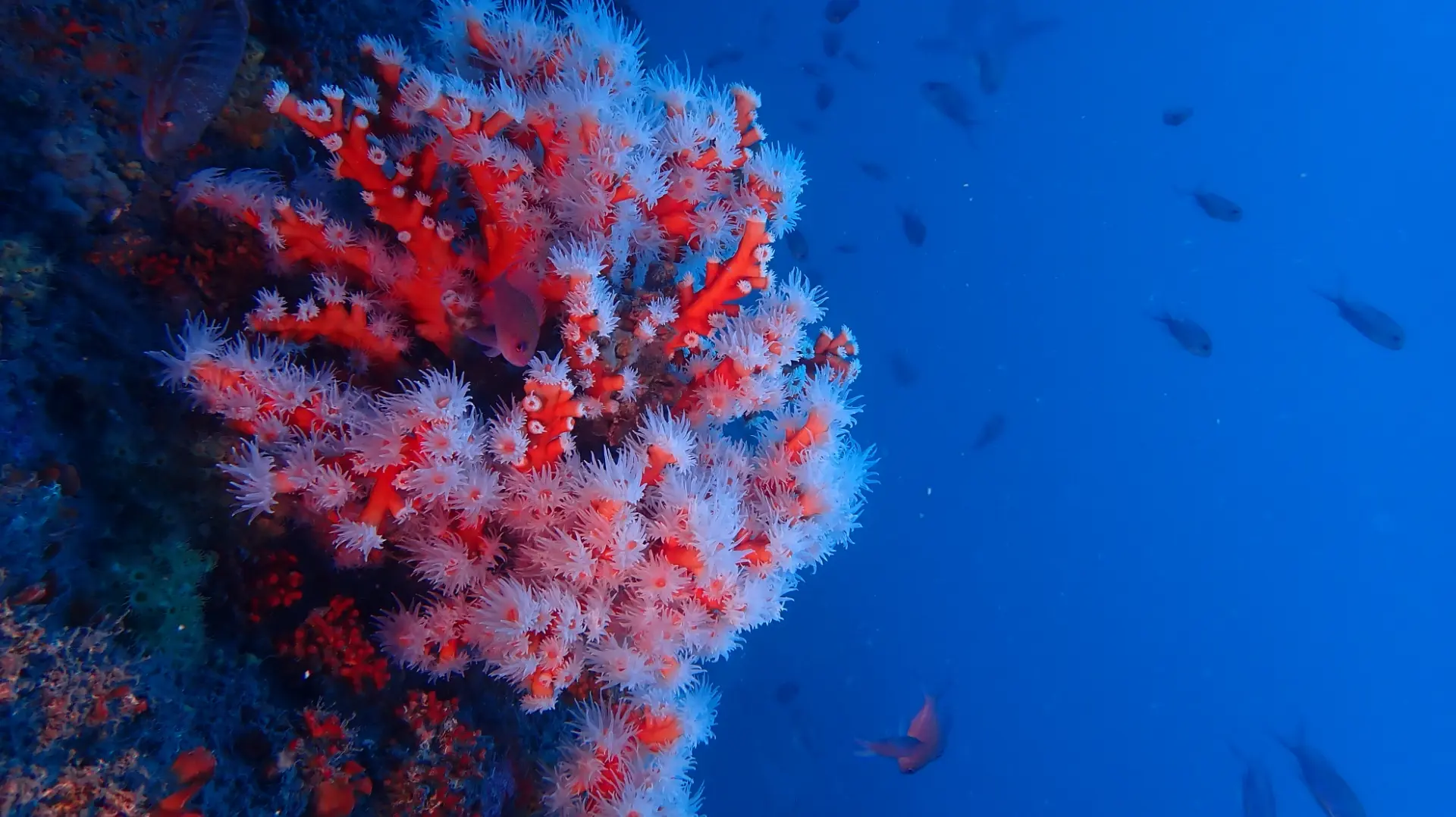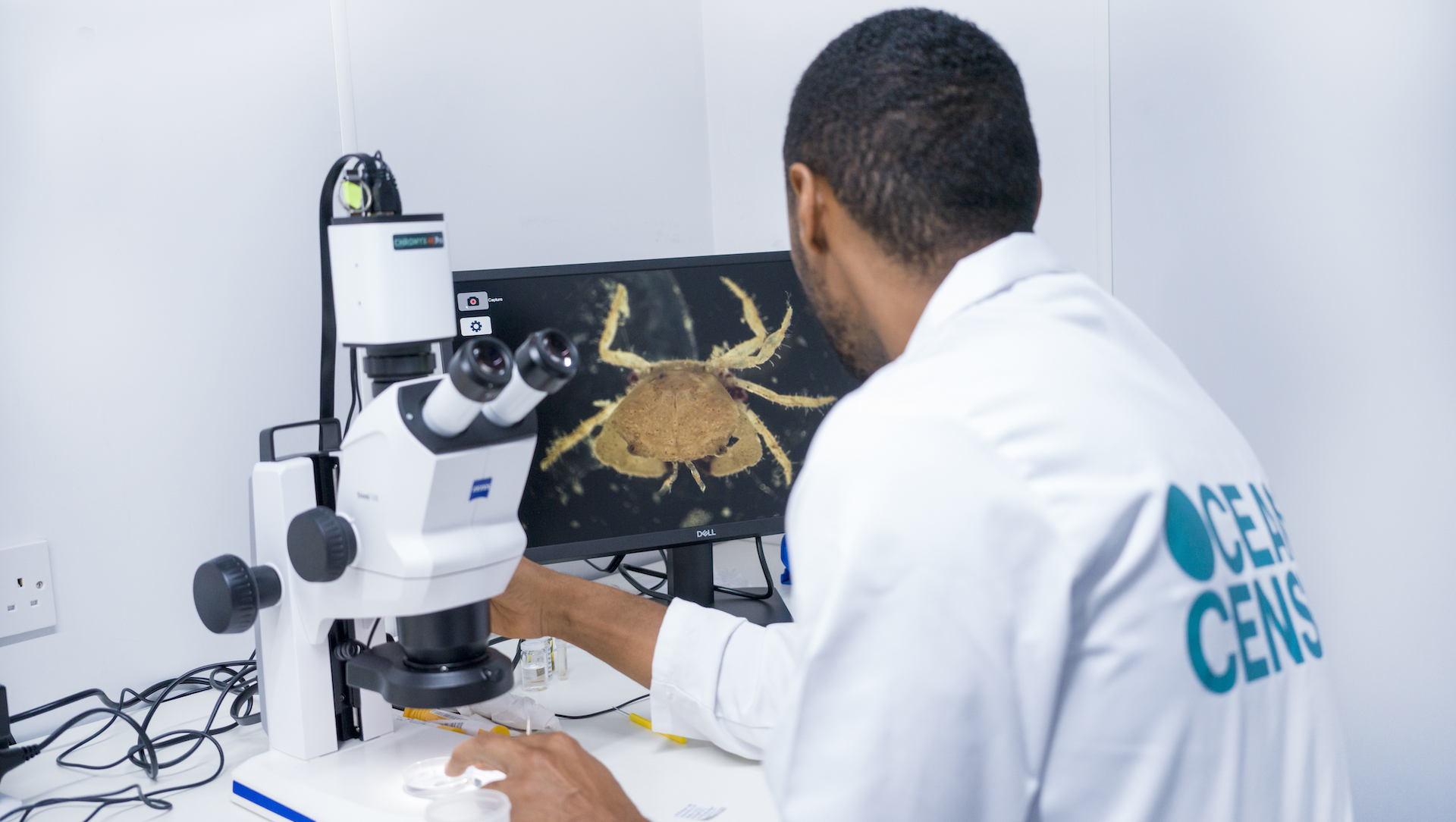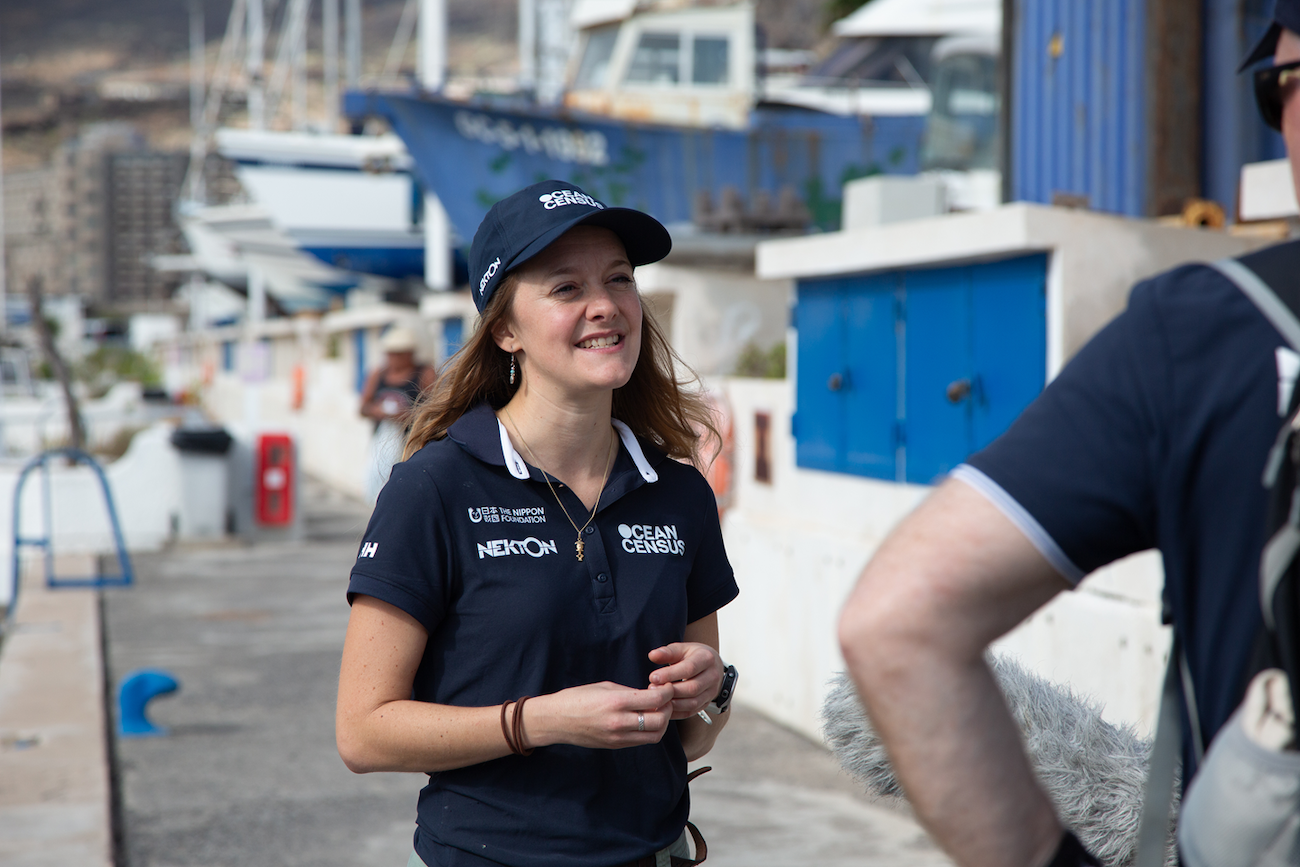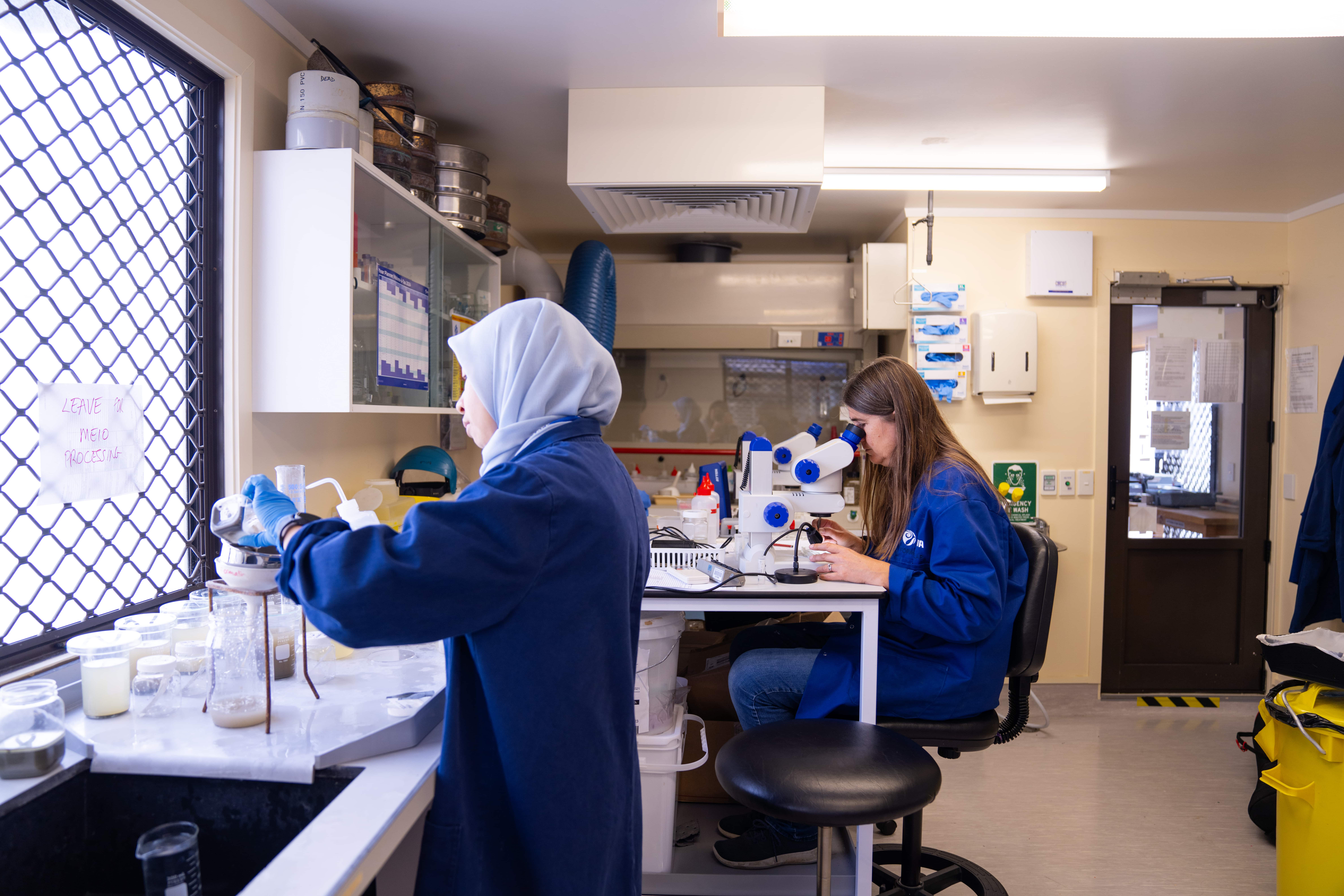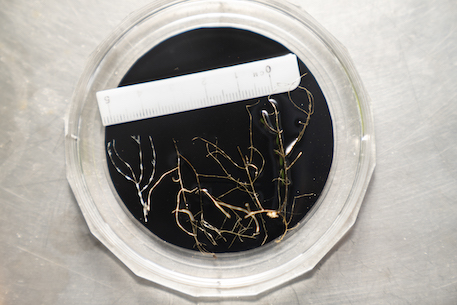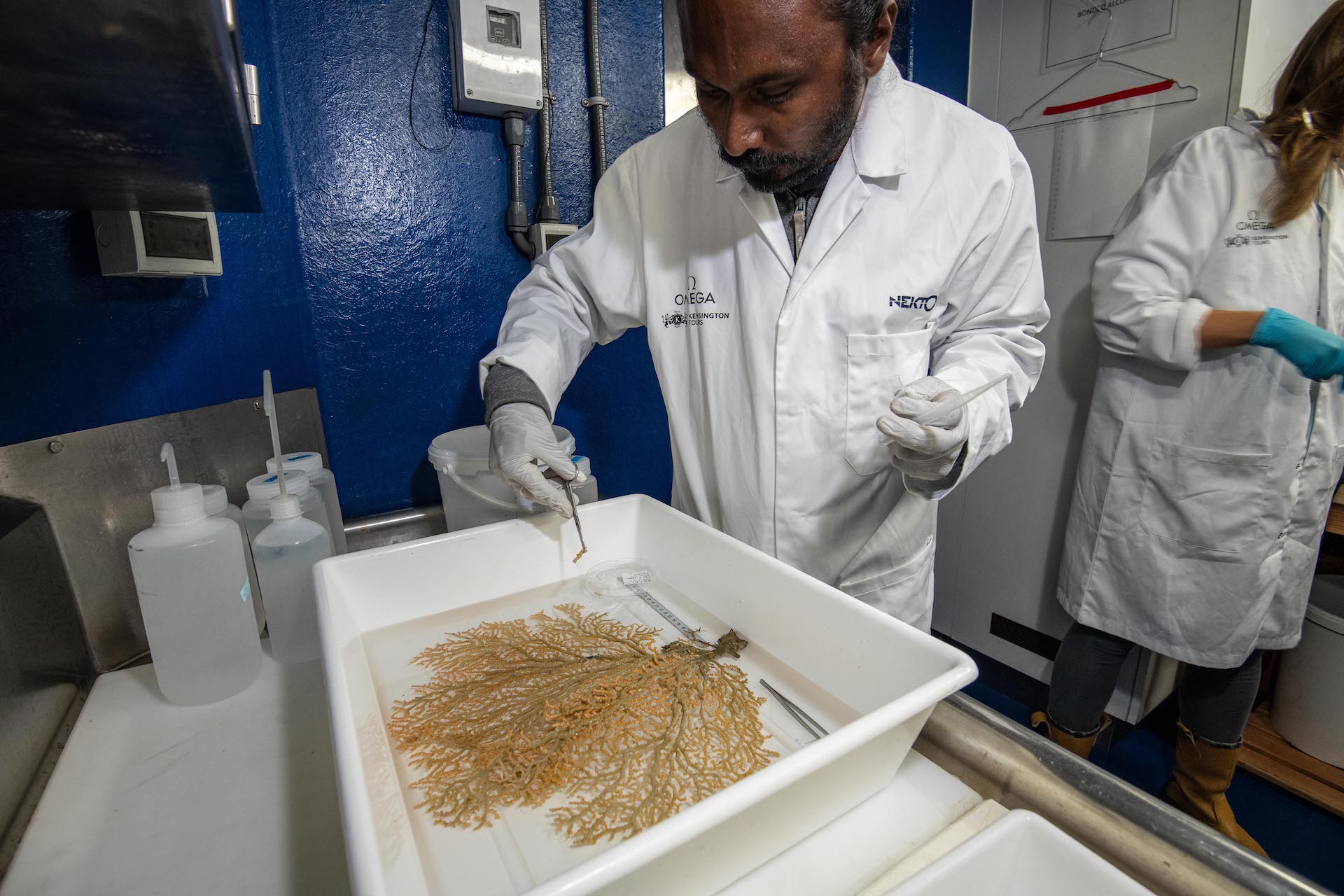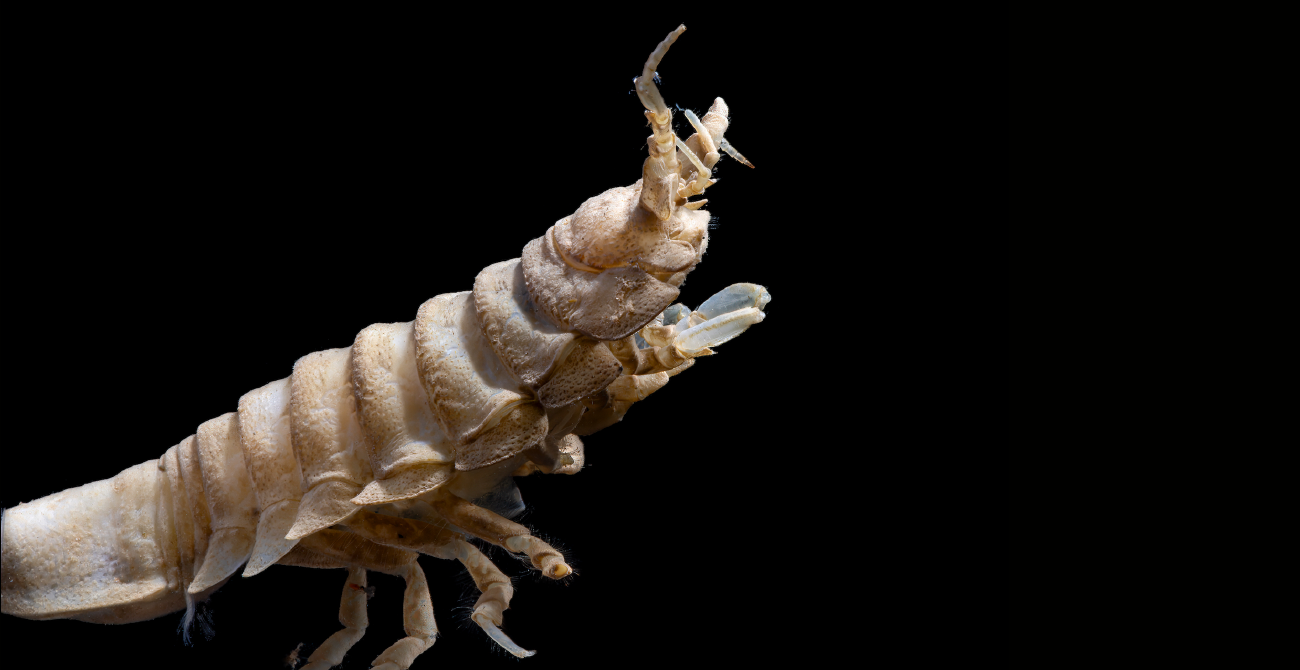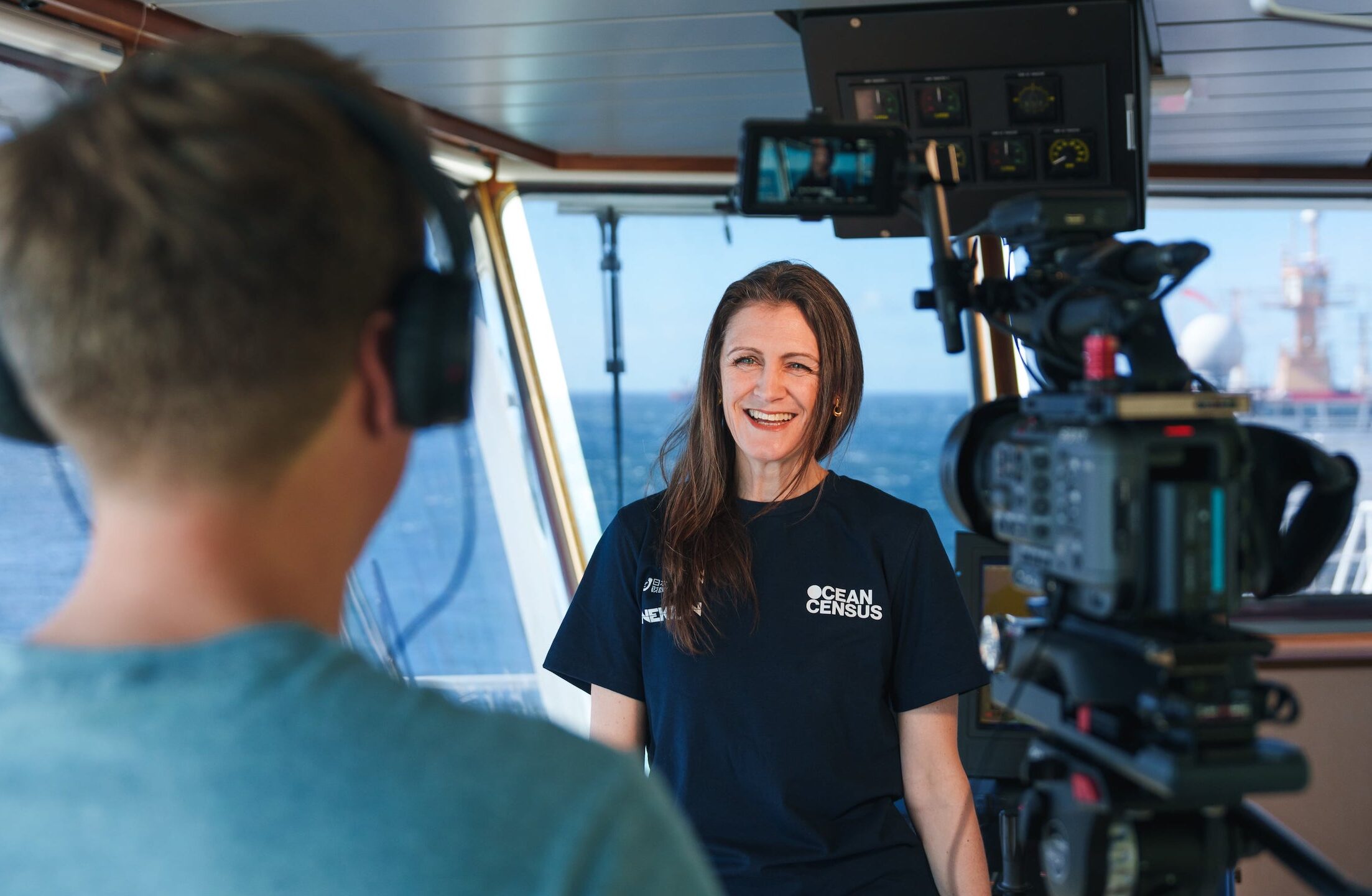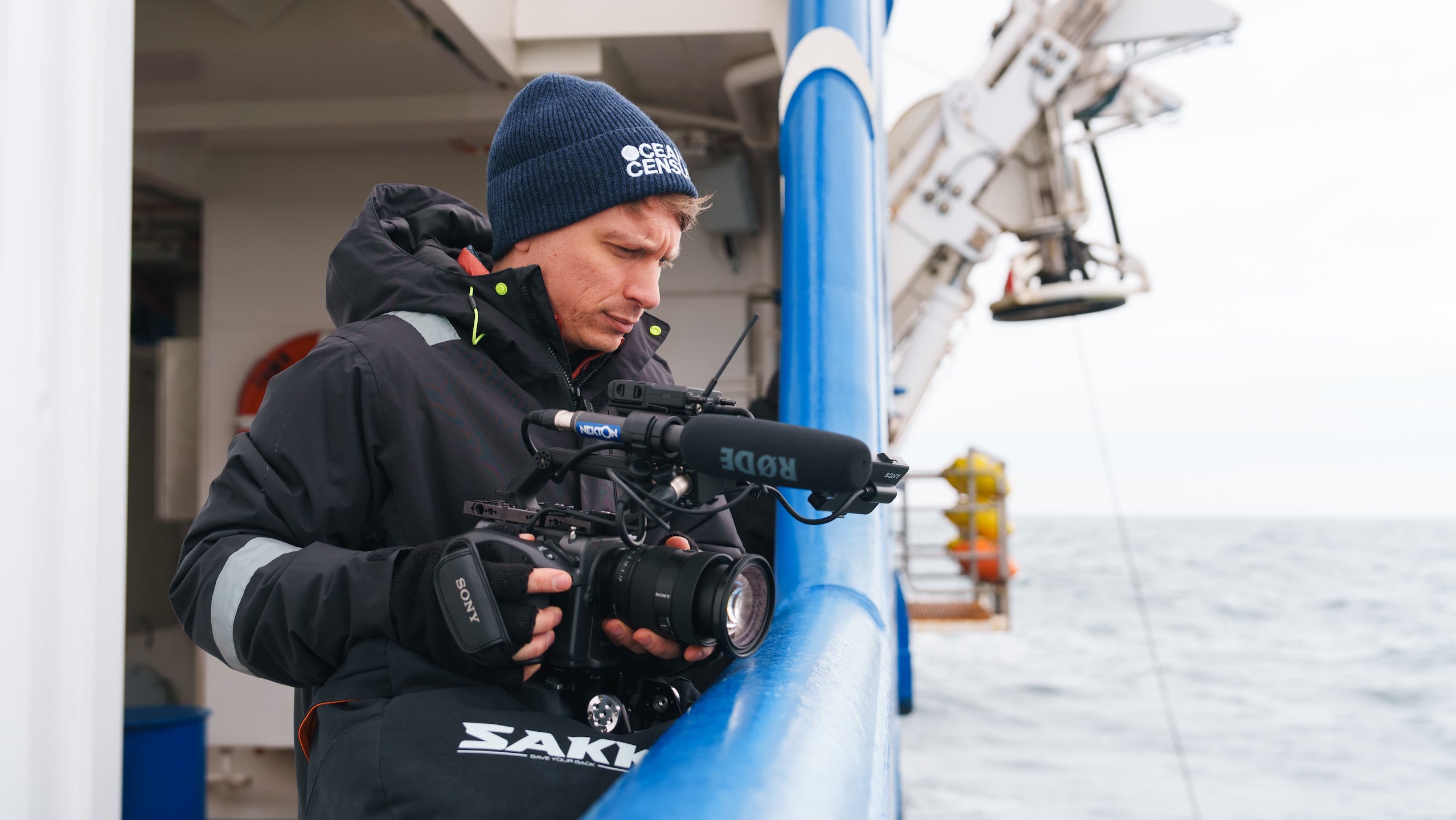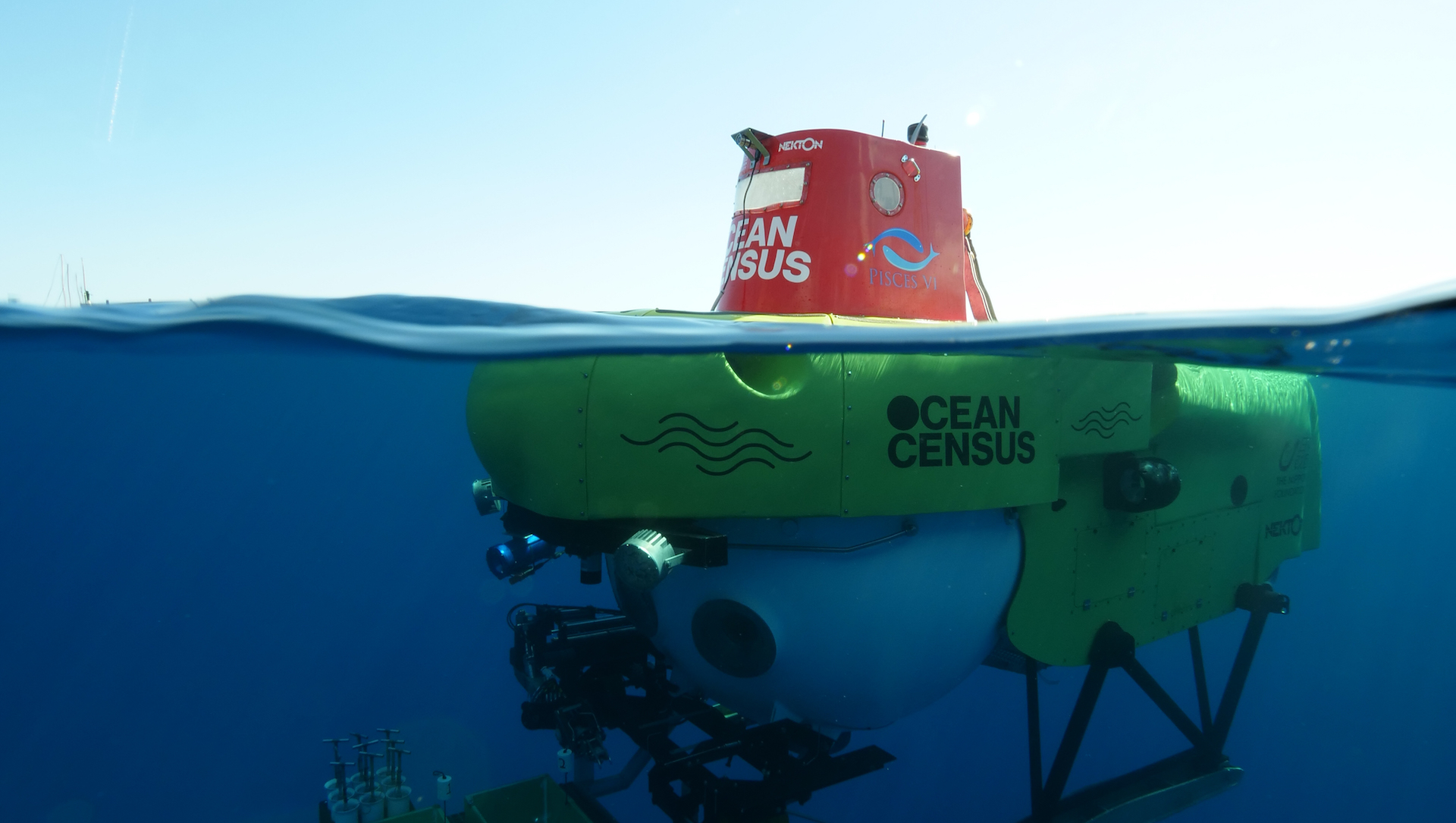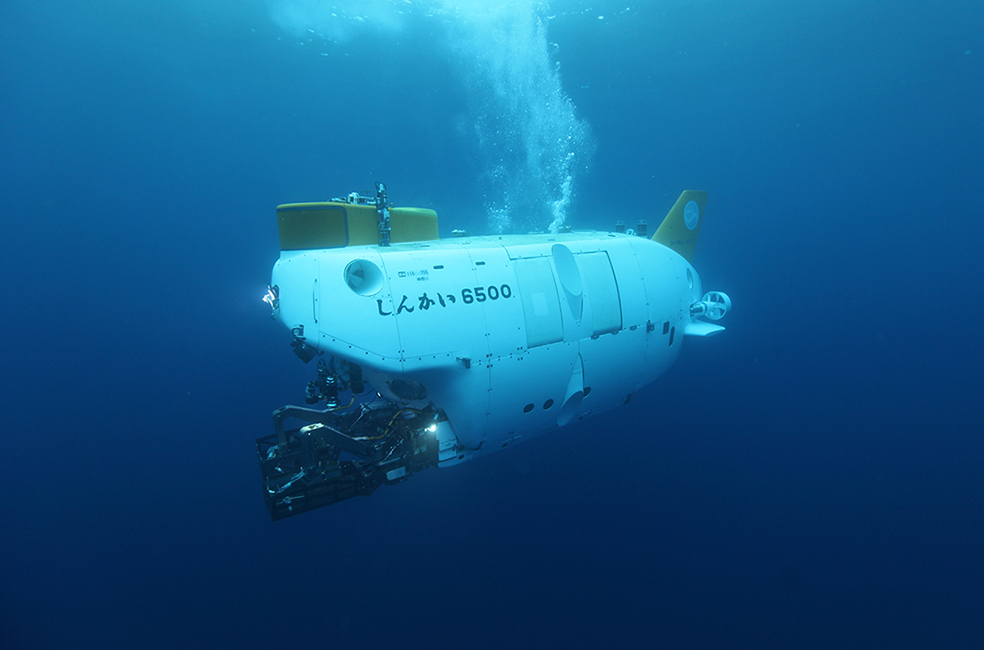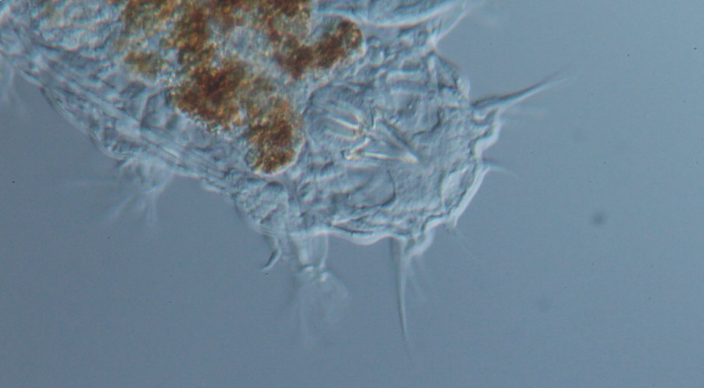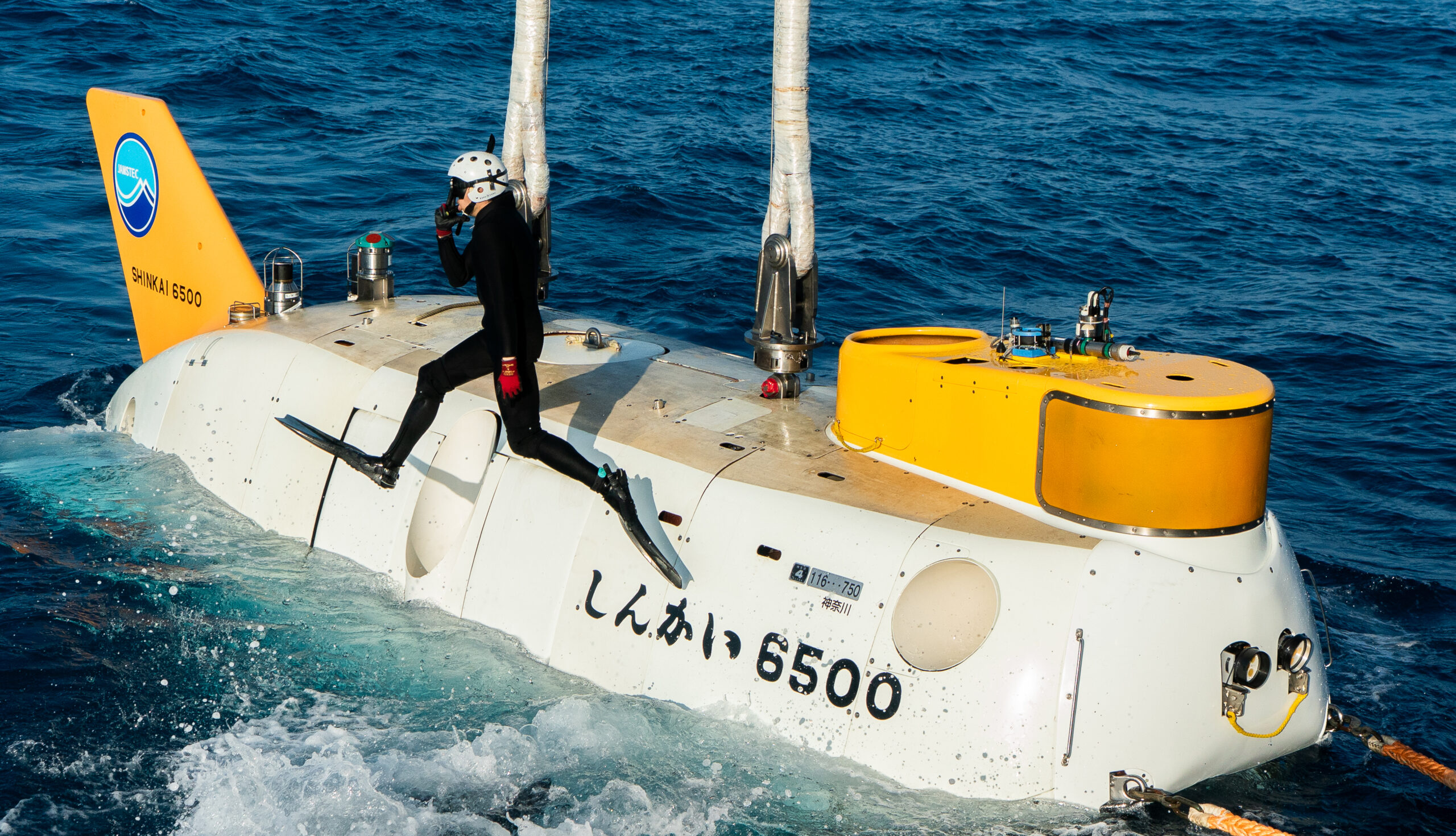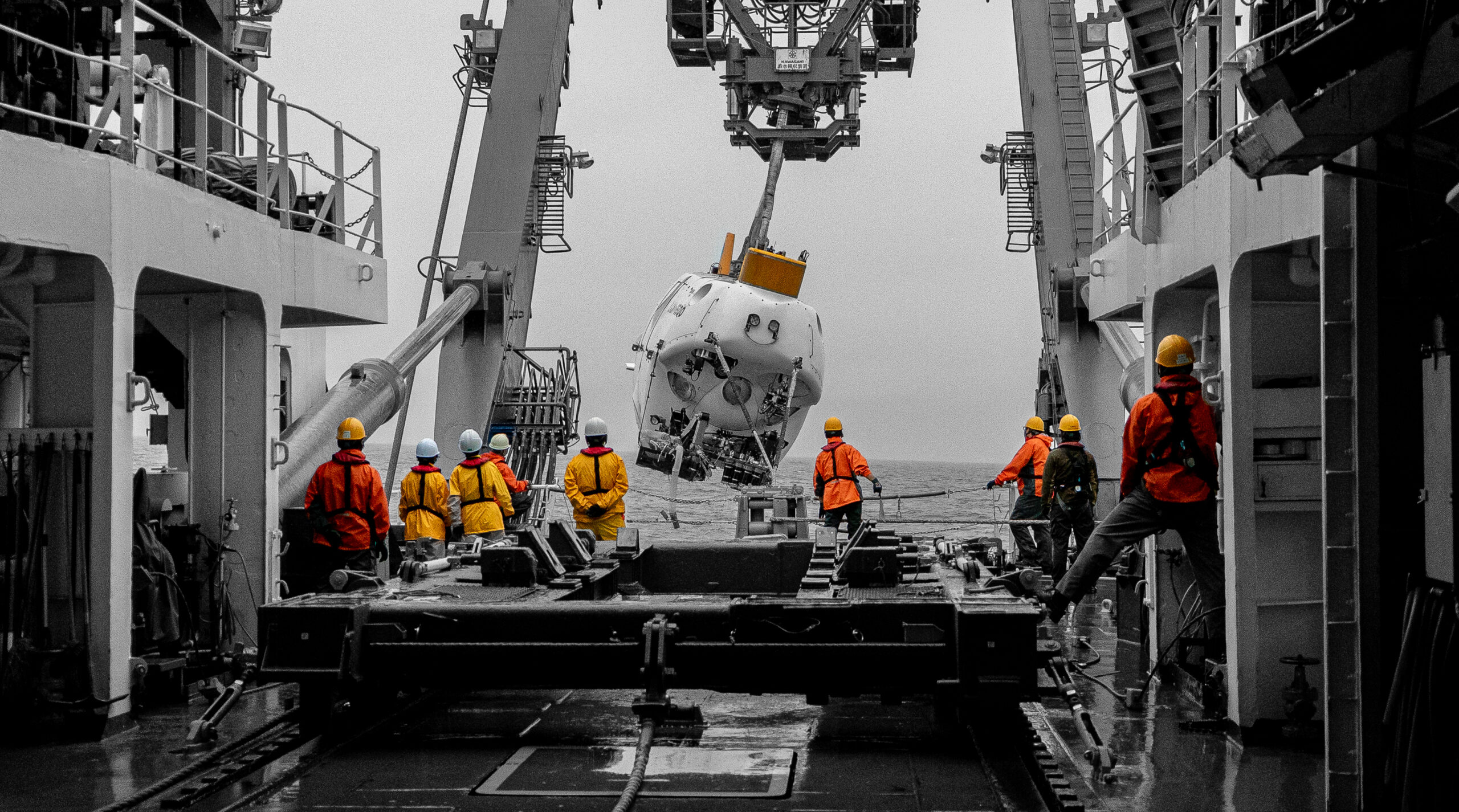

Fire & Ice: Why Explore the Antarctic Waters Around the South Sandwich Islands?

FEATURES
Uncovering the biodiversity of one of the most remote island chains in the world…
In one of the most isolated regions on Earth, the Antarctic waters of the South Sandwich Islands’ are among the ecosystems that have been least studied globally.
The name “Antarctic” comes from the Greek “anti-” meaning “opposite” and “arktikos,” derived from “arktos” (meaning “bear”), referring to the northern region associated with the bear constellation, Ursa Major. Interestingly, this name also reflects the region’s unique and isolated ecosystem (which is famously devoid of bears).
So isolated in fact, that during the Nippon Foundation-Nekton Ocean Census South Sandwich Islands Flagship expedition aboard the Schmidt Ocean Institute R/V Falkor Too, the closest human contact will be researchers on the International Space Station.
However, beyond the icy mainland, the waters surrounding a chain of rarely visited islands-each shaped by the raw power of the Southern Ocean – await further research.
Featured image credits: Maria Stenzel
Researching the Remote Antarctic Waters of the South Sandwich Islands
The South Sandwich Islands are situated in the South Atlantic Ocean, southeast of South Georgia (Image Credit: Creative Commons)
The South Sandwich Islands lie in one of the most remote and extreme environments on Earth, situated in the Southern Ocean, approximately 400 miles southeast of South Georgia. This chain of eleven small volcanic islands stretches over 190 miles.
These islands stand as a gateway between the Antarctic and sub-Antarctic worlds. They remain largely uninhabited, battered by relentless winds and surrounded by turbulent seas. The South Sandwich Islands sit at the meeting point of Antarctic and sub-Antarctic ecosystems, creating a unique environment for polar marine life.
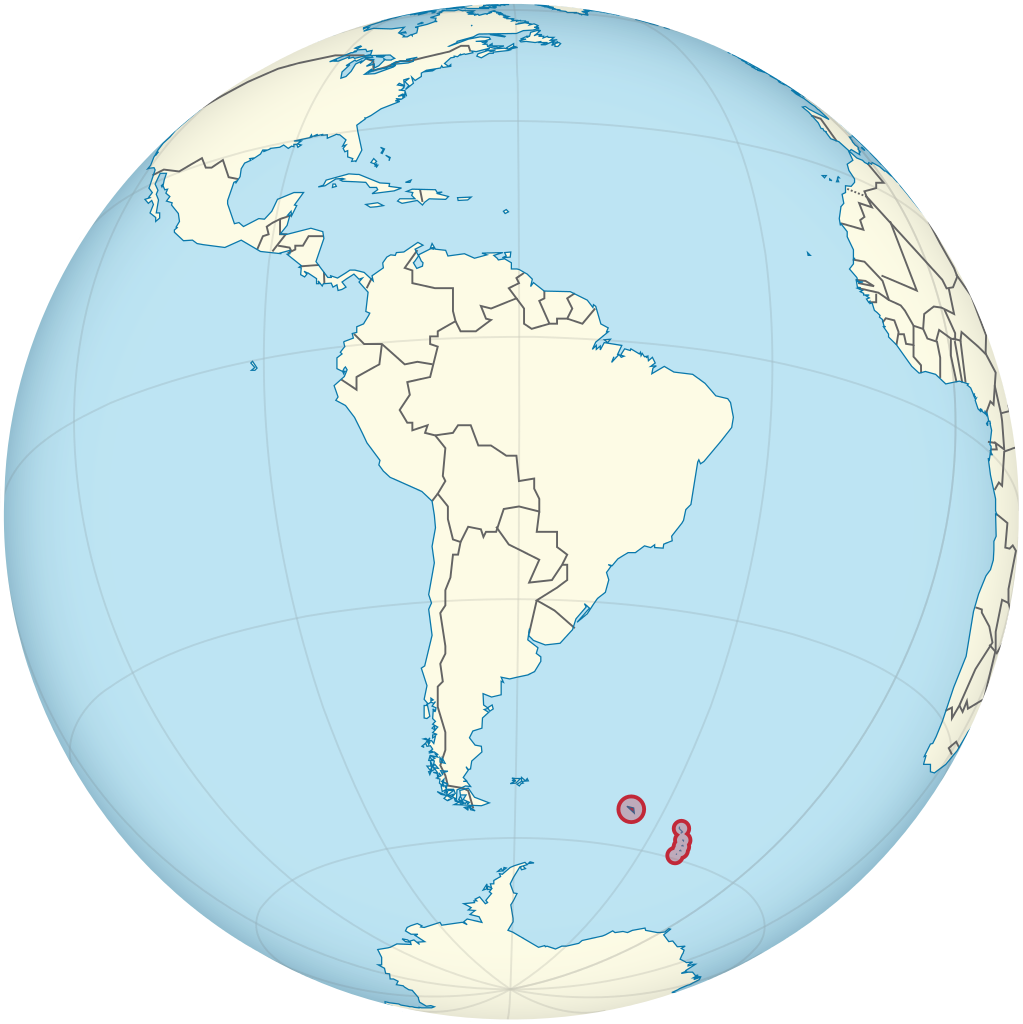
The South Sandwich Islands are situated in the South Atlantic Ocean, southeast of South Georgia (Image Credit: Creative Commons)
Geology and Volcanic Activity Beneath the South Sandwich Islands
Geologically, the islands are positioned along the Scotia Tectonic Plate, which is wedged between South America’s Cape Horn and the Antarctic Peninsula. This highly active tectonic region is characterised by underwater volcanoes, deep-sea trenches, and hydrothermal vents, supporting a rich and largely unexplored marine ecosystem.
The South Sandwich Trench, one of the deepest in the Atlantic Ocean, plunges to depths exceeding 8,000 metres, while the East Scotia Ridge harbours hydrothermal vent systems that support unique, endemic species – a region that the South Sandwich Island expedition will hope to uncover further discoveries.
The islands themselves are heavily glaciated and continuously shaped by volcanic activity, with several of their submarine volcanoes still active. Partners from GoSouth: University of Plymouth, GeoMar, British Antarctica Survey, on board the South Sandwich Islands, will explore the volcanic activity here.

Tectonic setting of the Scotia Plate. WSR: West Scotia Ridge; ESR: East Scotia Ridge; SOM: South Orkney microcontinent; PB: Powell Basin; SST: South Shetland trough; BS: Bransfield Strait; SFZ: Shackleton fracture zone; SSIB: South Shetland Islands Block; SG: South Georgia. Adapted from Maldonado et al. (2006) (Image Credit: Riley et al. 2019)
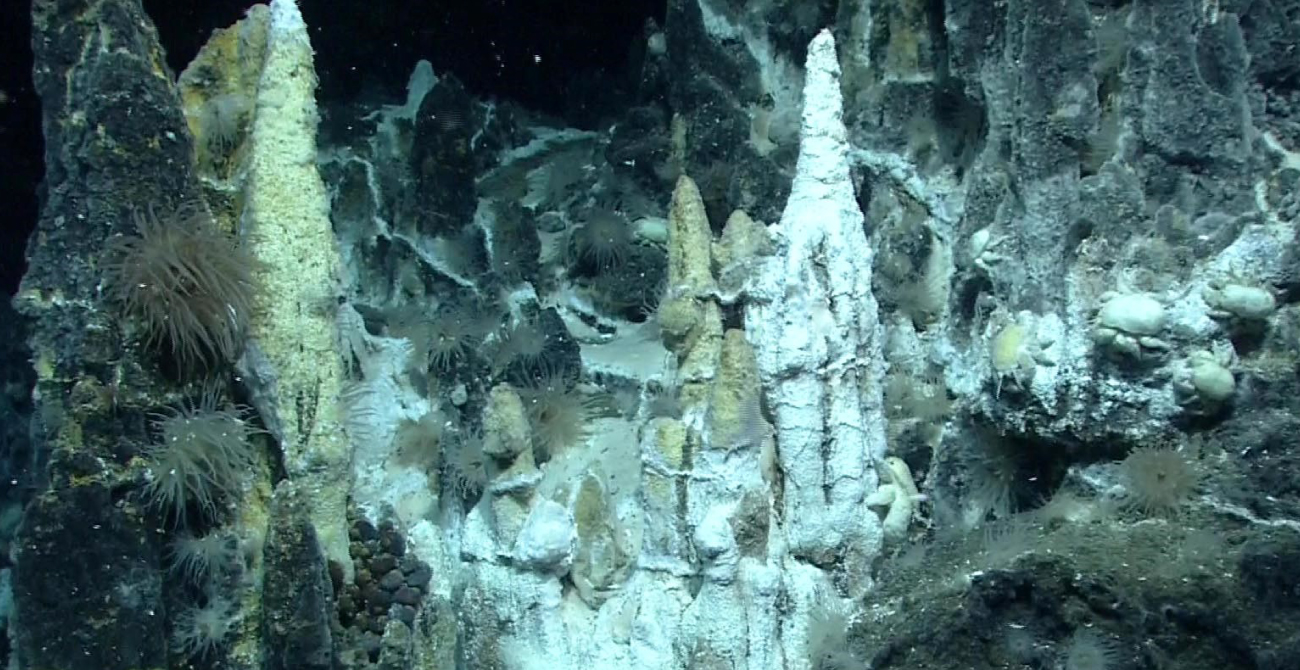
Ocean Currents and Antarctic Water Circulation
The waters surrounding the South Sandwich Islands are among the most dynamic and extreme on the planet, shaped by powerful ocean currents, and freezing temperatures, ranging from -1.8°C (the freezing point of seawater) to just above 2°C. These forces create a challenging yet uniquely rich marine environment that supports a diverse array of cold-adapted species.
The region is strongly influenced by the Antarctic Bottom Water (AABW), the coldest, densest water mass in the global ocean. Formed around Antarctica, this deep water sinks and flows northward, shaping deep-sea ecosystems and influencing global ocean circulation.
Above it, the Antarctic Circumpolar Current (ACC), the strongest ocean current on Earth, continuously flows eastward, encircling Antarctica and connecting the world’s oceans. The ACC plays a critical role in transporting nutrients and regulating global climate, while also acting as a natural barrier that helps isolate Antarctic marine life.
Although the Antarctic Circumpolar Current (ACC) is the longest and the strongest oceanic current on the Earth and is the primary means of inter-basin exchange, it remains one of the most poorly understood components of global ocean circulation.
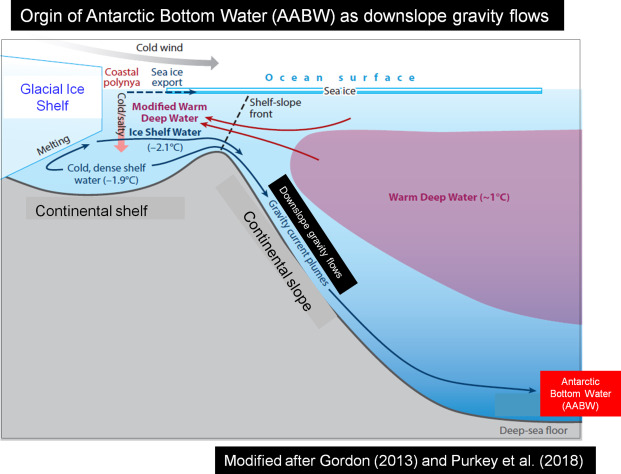
(Image Credit: G. Shanmugam (2021)
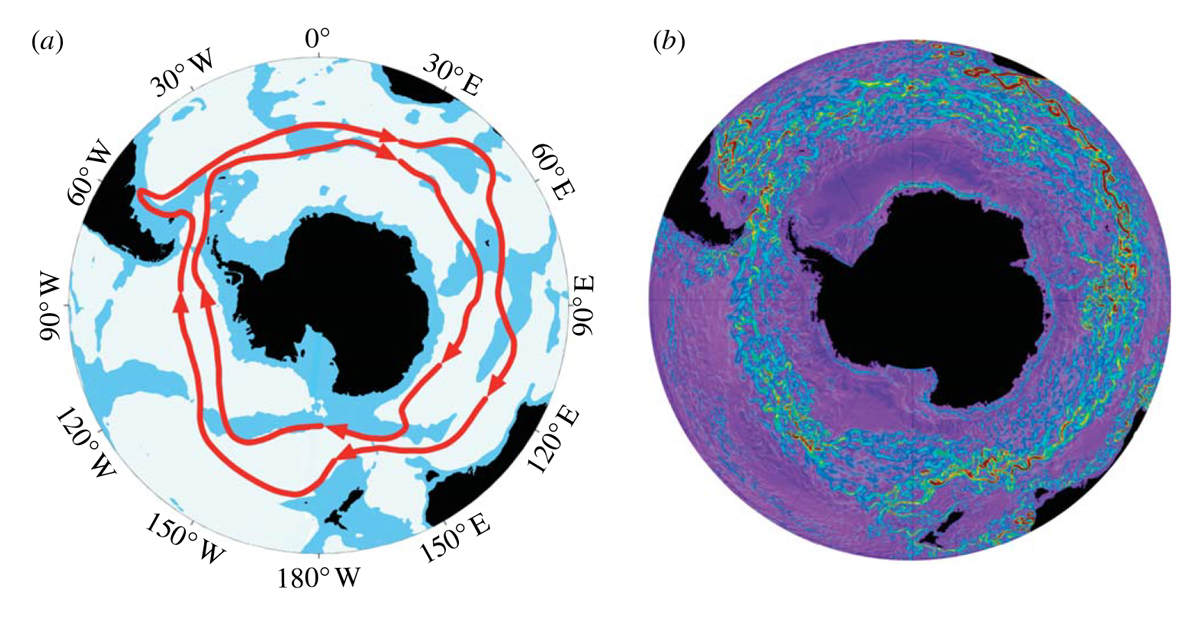
Although the Antarctic Circumpolar Current (ACC) is the longest and the strongest oceanic current on the Earth and is the primary means of inter-basin exchange, it remains one of the most poorly understood components of global ocean circulation. (Image Credit: Caltech)
Unique Marine Life and Biogeography of South Sandwich Island Waters
This unique combination of geography and geology has created a high level of endemism that makes the region standout biogeographically. The biota of the shallow to deep ecosystems of the islands, submarine volcanoes, the nearby East Scotia Ridge and associated deep-sea hydrothermal vents (at depths from ~1,000m to 2,500m and other yet to be discovered) and within the South Sandwich Trench are still poorly described and provide a focus for Ocean Census research.
A distinct latitudinal, biogeographic boundary exists between the southern and northern islands within the archipelago (running roughly through Montagu Island). This causes different faunal assemblages in these areas.
For this reason the South Sandwich Island expedition aims to sample sites both to the north and south of Montagu Island, as well as sampling a range of different habitats within those areas including deep reefs, shallow reefs, trench habitat and earthquake disturbance zones.
The waters around the South Sandwich Islands hold the key to understanding some of the most extreme and unique Antarctic ecosystems. With ongoing research expeditions, scientists push further into these icy depths and hope to find incredible newly discovered species.
Interested in following the exciting findings from the South Sandwich Island expedition?
Follow the Ocean Census & Schmidt Ocean Institute on social media to stay up to date on the latest.
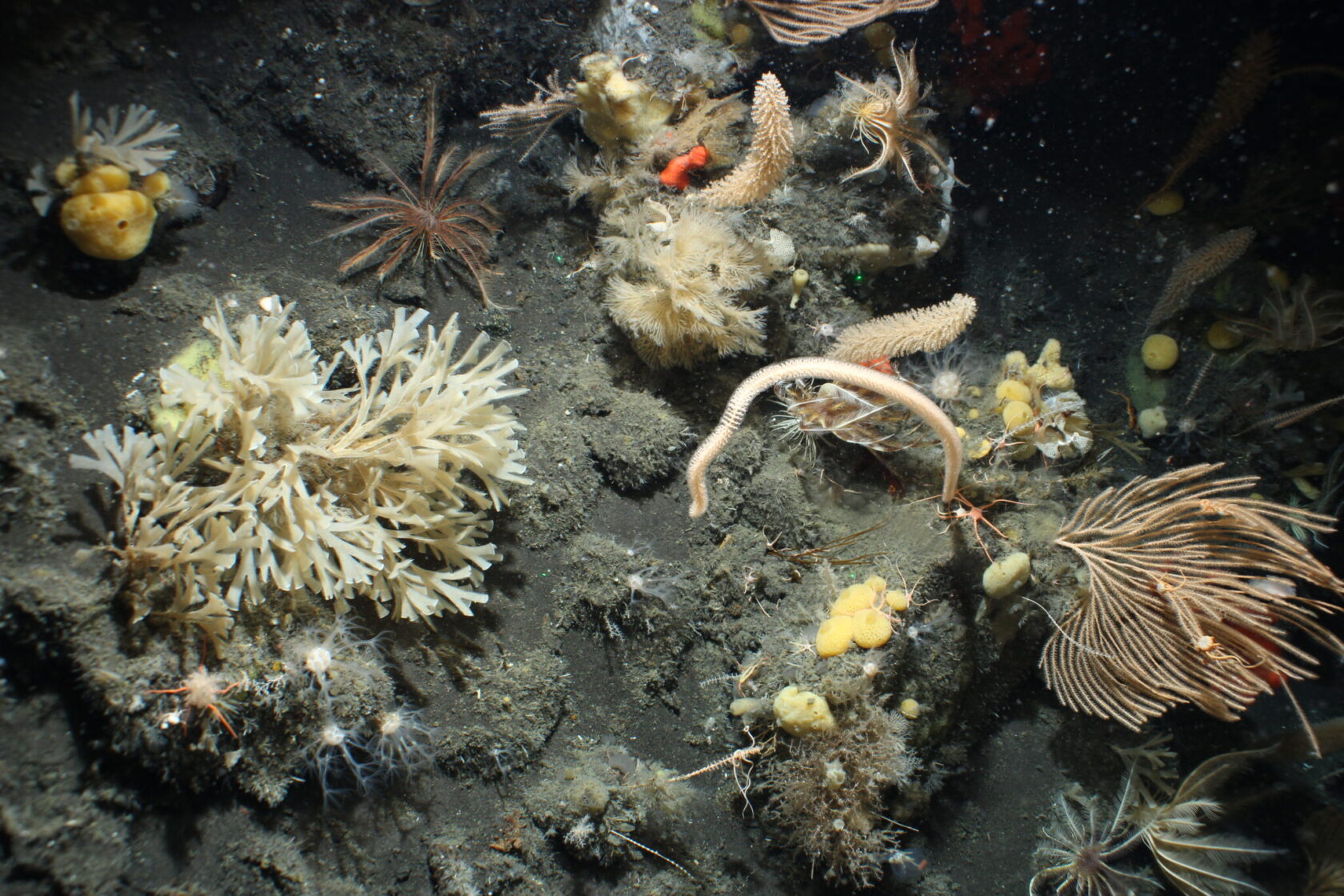
Protected seabed around Zavodovski Island alive with life in the north of the archipelago (Image credit: GOV UK)
Related News
Join the census
An Alliance of scientists, governments, marine research institutes, museums, philanthropy, technology, media and civil society partners.
